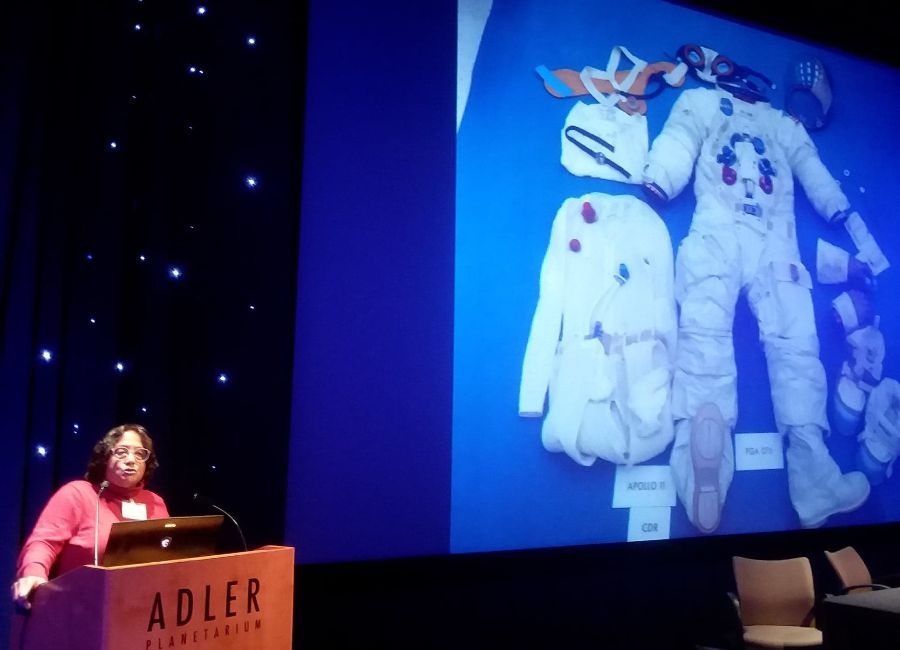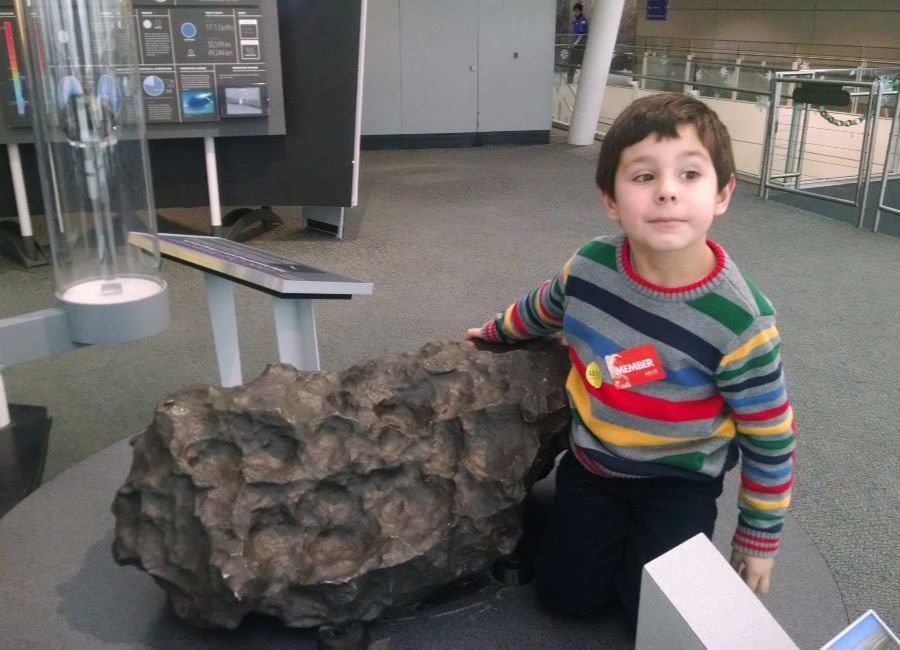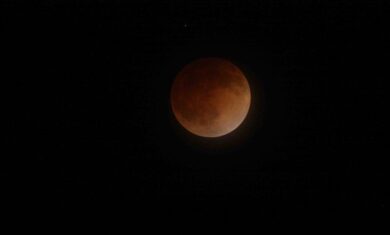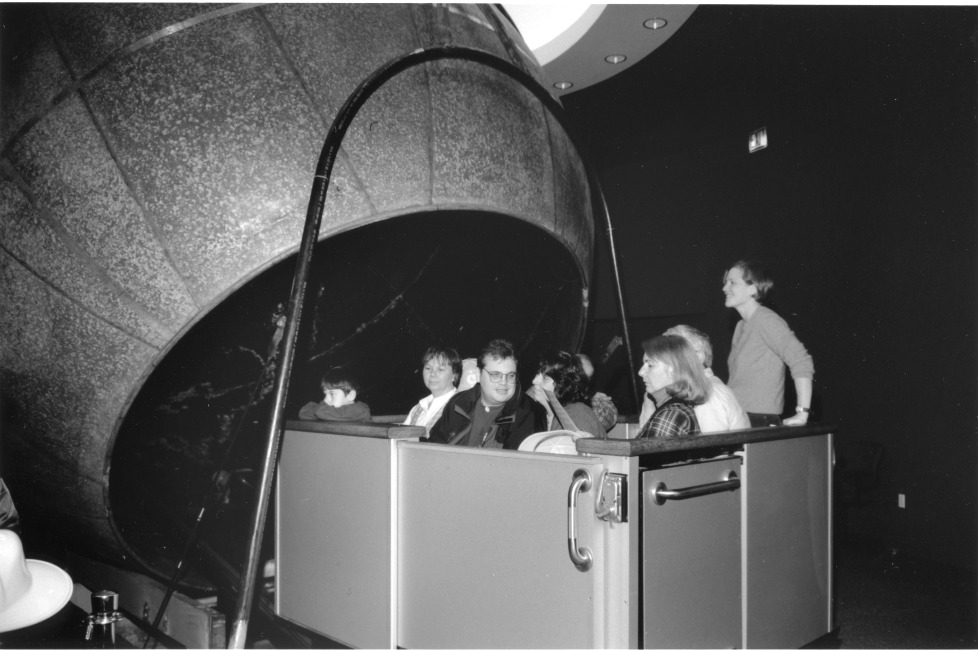“Relevance of Collections”—the Artefacts meeting comes to Chicago

For more than two decades now, the Artefacts consortium has been promoting an annual meeting that brings together museum professionals and scholars working with scientific and technological collections. This year’s meeting, the 23rd in the series, was hosted by the Adler Planetarium, under the theme “Relevance of Collections.”
During the three days of Artefacts XXIII (Oct. 14-16; see program here), we witnessed a wonderful roll of presentations given by speakers from nine countries and 16 institutions. We saw how overlooked or “sleeping” objects in science and technology museums gain new lives when their stories are researched deeper. Or when we think of them not in terms of success vs. failure, but as material evidence for dynamic processes of inquiry and invention, and personal endeavor. We heard about museum artifacts acquiring new meanings when revisited with the aid of modern technologies—for example, early sound recordings literally being made to speak, revealing their content after decades of silence.
We learned more about the immense potential of digital technologies, be it to engage audiences all over the world with a museum collection through video-gaming, or to rekindle a traditional exhibition project that was hampered by political events, but which came to fruition nonetheless in digital form. Digital images and storytelling tools will never replace the actual artifacts, but they can be a powerful aid in overcoming various kinds of obstacles as we seek to make museum objects ever more visible and accessible.
Art historians and curators shared their views on the intersections and overlaps between art and science collections, which are much more intertwined than the traditional disciplinary divisions followed by cultural institutions may suggest. In fact, the need to go beyond conceptual and institutional boundaries, including within institutions, came across several presentations. It was particularly evident in a session led by staff from the Adler’s collections, citizen science, and visualization teams, which highlighted how important it is to raise awareness for collections among museum staff at large and to foster collaboration across different departments in order to further explore their potential.
In the closing session, we went back to the fundamental issues underlying the whole meeting: what to preserve, what for, for whom? Or, as one the last speakers aptly puts it, “What’s worth preserving?”. There will never be definitive answers to such questions, and it is up to each institution to find the responses that will suit them best. But it’s certainly worth, helpful, and inspiring to debate these issues with colleagues from all over the world in a lively, friendly, and thought-provoking environment, as we experienced at the Adler over the three days of Artefacts XXIII. And one thing is for sure—museum collections will remain relevant as long as the museum community strive to make them meaningful to broader society, and keep on exploring creative ways to do so.
Header image: Cathleen Lewis speaking about the changing meaning of the National Air and Space Museum’s spacesuit collection.







